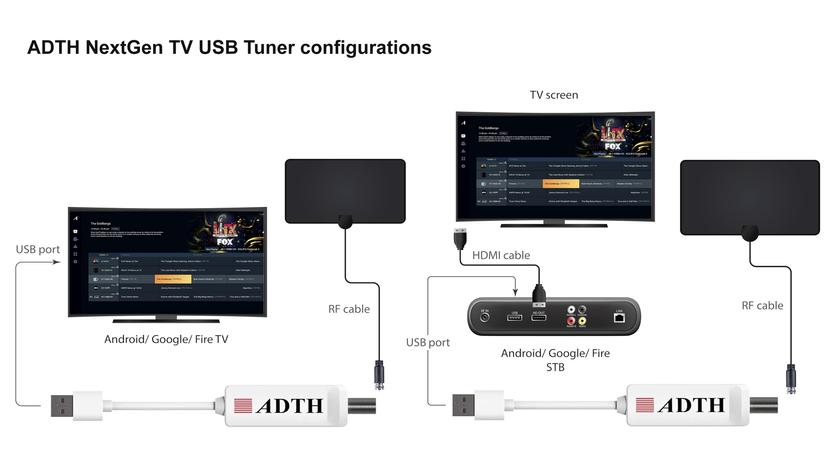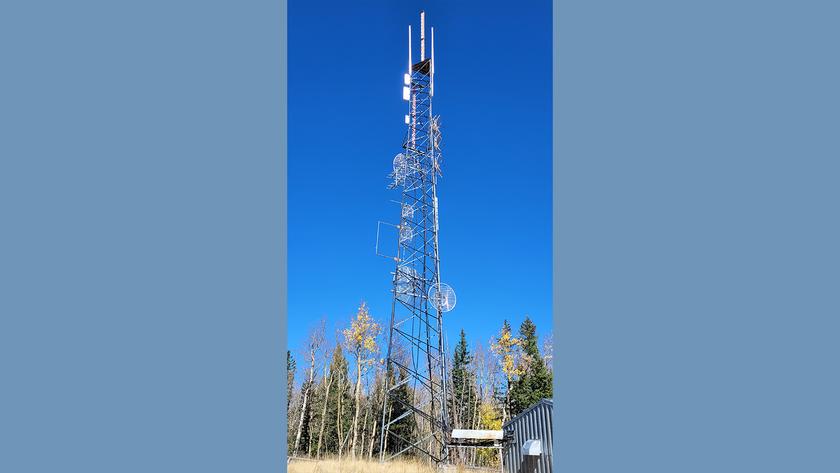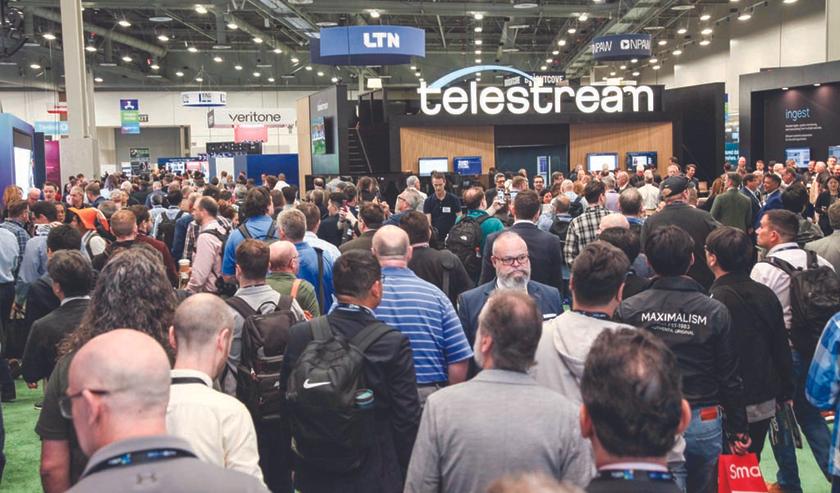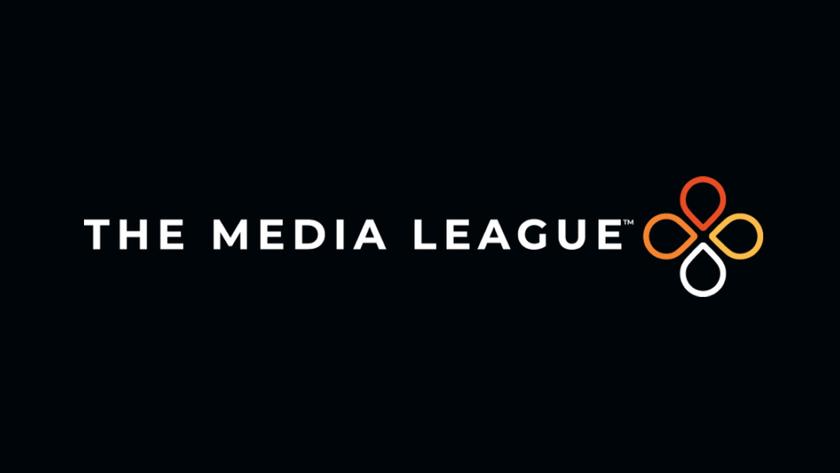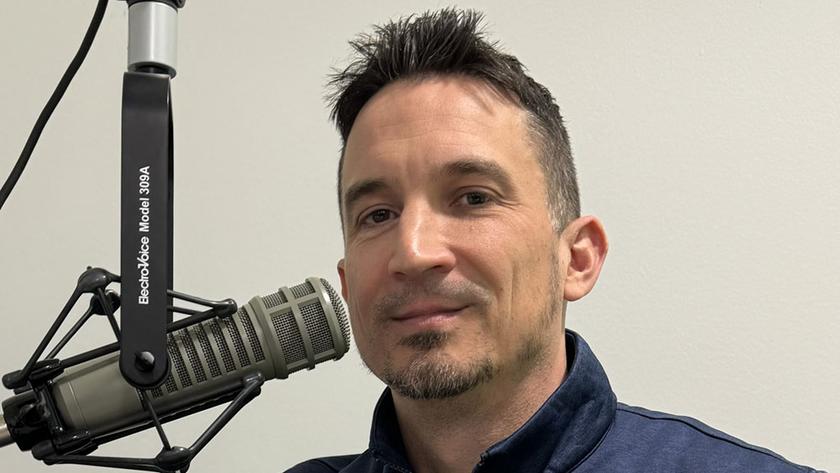Alabama Public Television Upgrades Statewide RF Network For ATSC 3.0
The public broadcaster is working with Technical Services Group to prepare for NextGen TV
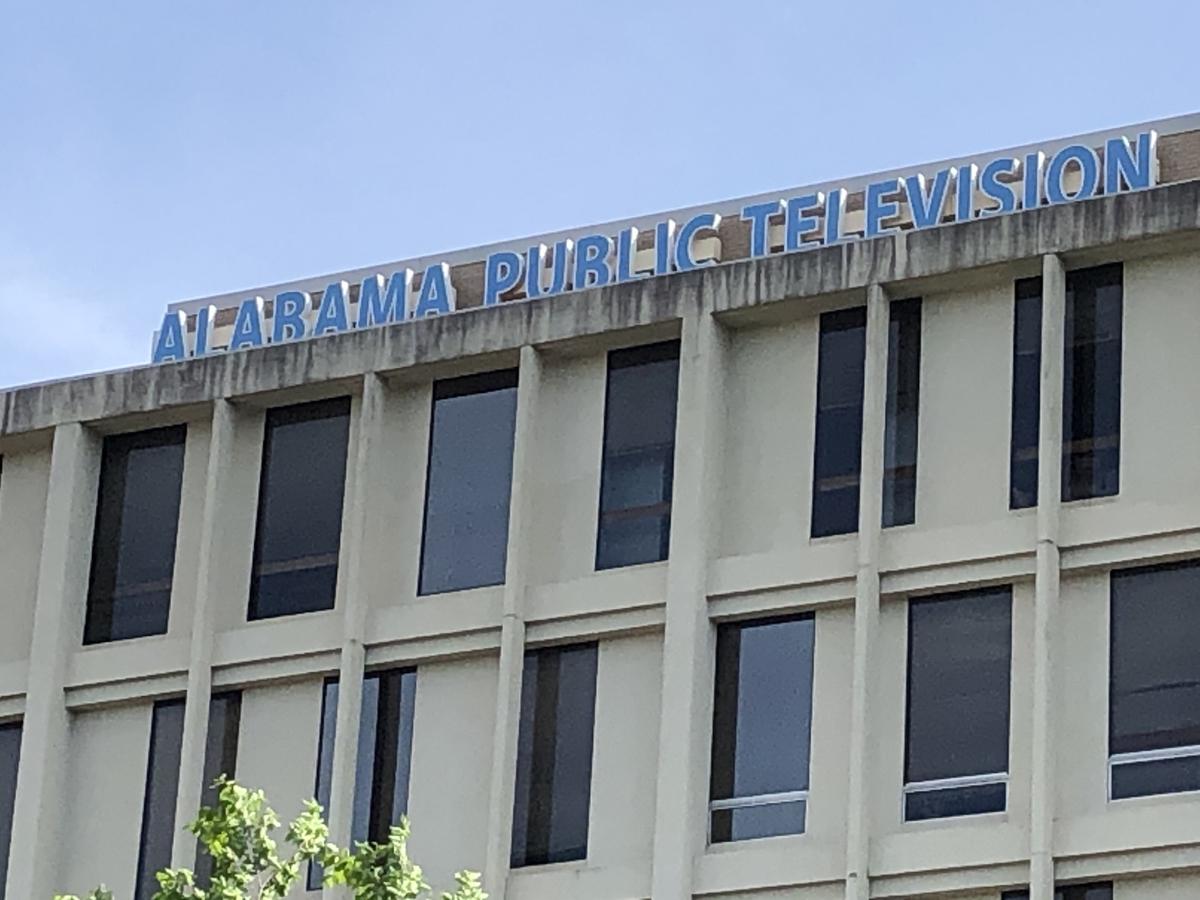
MONTGOMERY, Ala.—Alabama Public Television (APT) is at work on a complete RF upgrade to its terrestrial TV network with the assistance of Technical Services Group (TSG) in Baton Rouge, La., to position itself for ATSC 3.0 service.
“We don’t know when [APT will launch 3.0 service], but we will hit the ground running once our NextGen TV plans come to fruition,” said Windell Wood, APT director of engineering.
TSG will install GatesAir Maxiva VAXTE air-cooled VHF transmitters at two stations and a Dielectric TFI top-mounted UHF antenna at another. Deployments are expected to begin in the fall, TSG said.
The new transmitters will replace legacy Harris Platinum VHF transmitters at WBIQ-DT in Birmingham, Ala., and WDIQ-DT in Dozier, Ala. Maxiva XTE exciters will be integrated into the units for quick conversion to 3.0. The VAXTE for WBIQ was specified to support an approved power increase for ATSC 1.0 and future 3.0 coverage improvements, raising WBIQ’s ERP from 3kW to 3.4kW, it said.

TSG CEO Bo Hoover worked closely with the GatesAir engineering team to specify the VAXTE design for WBIQ’s power increase, which required proper alignment with a previously installed Dielectric antenna.
“The FCC locks WBIQ into a lower power level to avoid interference with Channel 9, which makes indoor reception a challenge,” said Hoover. “Through the approved power increase and an elliptically polarized antenna, we were able to specify a system that improves ground coverage for both ATSC standards.”
WDIQ will continue transmitting at 30kW. Both statins broadcast on VHF Channel 10, it said.
Get the TV Tech Newsletter
The professional video industry's #1 source for news, trends and product and tech information. Sign up below.
WIIQ-DT, which serves Meridian, Miss., will replace its decades-old antenna transmitting on Channel 19 with a new Dielectric antenna. The new antenna will add substantial vertical polarization to improve indoor reception of both 1.0 and NextGen TV services, it said.
Dielectric’s Future Fill technology is built into the antenna. It will allow WIIQ to support ATSC 3.0 services through a simple increase to the antenna’s null fill, smoothing out the antenna for uniform NextGen TV coverage, it said.
TSG is providing initial system design and specification services and will decommission existing systems. It also is procuring equipment and will test, commission and proof the systems, said Hoover.
The final RF system upgrades follow TSG’s buildout of APT's new statewide 3.0-ready microwave distribution system and transmission system upgrades at several RF sites. Following these final RF upgrades, APT’s entire nine-station network will be capable of delivering NextGen TV content, TSG said.
“TSG’s exceptional work on our microwave system enable[s] the IP system architecture required for ATSC 3.0, and all nine of our stations will soon have antennas with approximately 30 percent vertical polarization. That, along with new high-efficiency transmitters, will provide a robust and reliable ATSC 3.0 capable transmission network for our stations well into the future,” said Wood.
All nine stations will use GatesAir transmitters and Dielectric antennas once installations are finalized.
“We only have seven field engineers throughout the state to take care of nine TV transmitters and 30 microwave sites, among other responsibilities,” said Wood.
“GatesAir Maxiva UHF and VHF transmitters are very similar in construct with modular designs and common parts that make maintenance easy. There are no surprises for our engineers from site to site. And Dielectric’s antennas are very well-built and engineered. We have had other antennas burn up in the field that required emergency replacement work. That doesn’t happen with Dielectric.”
Wood is currently exploring the addition of a 10th TV station on the network, which would be APT’s first low-band VHF station on the network.
More information is available on the GatesAir, Dielectric and TSG websites.
Phil Kurz is a contributing editor to TV Tech. He has written about TV and video technology for more than 30 years and served as editor of three leading industry magazines. He earned a Bachelor of Journalism and a Master’s Degree in Journalism from the University of Missouri-Columbia School of Journalism.

